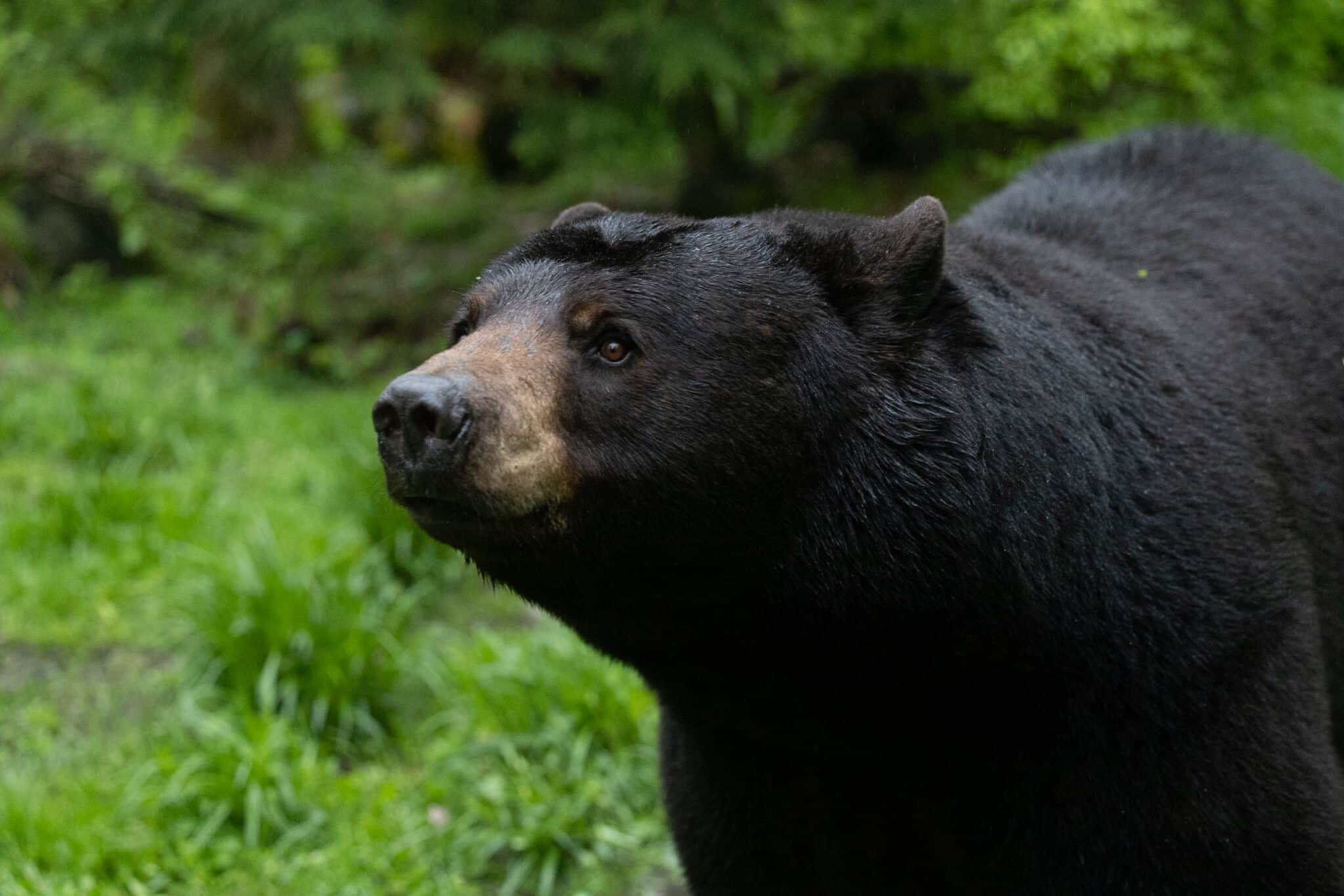Can Cocaine Bear Teach Us How Dangerous Black Bears Are?
It’s been awhile since the hit movie hit theaters and grossed nearly $90 million. I’m guessing that more than a few of those viewers left the theater wondering… are black bears really that dangerous?
With most (all?) things Hollywood, there’s definitely a mix of fact and fiction. This is certainly an interesting example of that, and we just have to take the opportunity to dissect it for you. We won’t go into the facts of the true story that inspired the movie, our friends at BearWise covered that.
We’ll focus on what the movie conveyed about black bears and how that holds up to real-life.
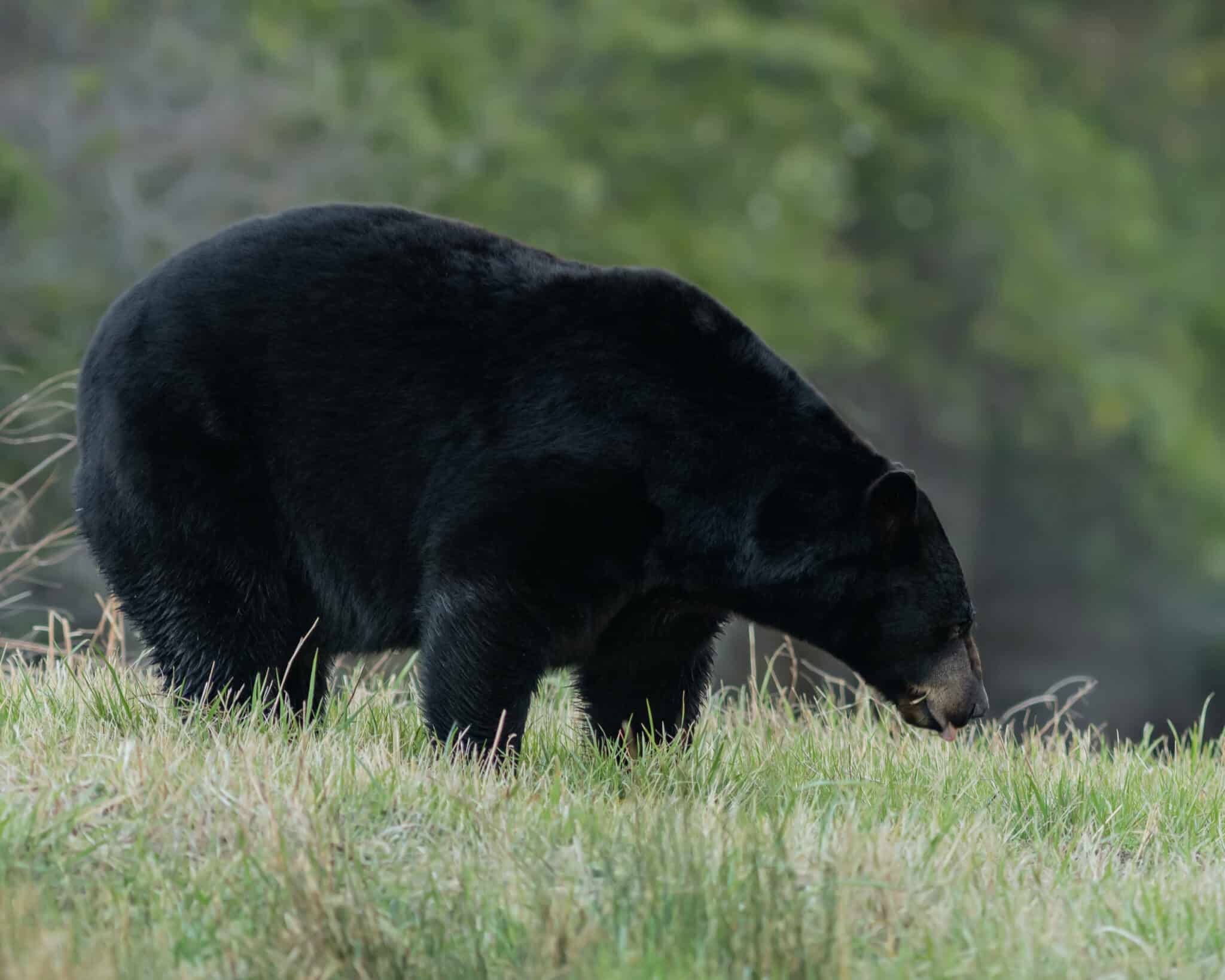
What Cocaine Bear got wrong
Obviously, the movie sits in a genre that isn’t necessarily looking to portray reality. Horror comedy thrives on the extreme and ridiculous, and Cocaine Bear is no exception. Besides the obvious straying from the actual true story (a bear hurt no one before dying of a cocaine overdose) there’s plenty of other points to be made about black bear behavior in general.
1. Black bears don’t snort cocaine.
No matter how high a bear may accidentally get, he’s never going to do a line off a victim’s severed leg. They lack the opposable thumbs necessary to create a line… Wait, does this really need to be explained?
2. Black bears have never gone on a killing spree.
The bear in the movie has a higher body count than every Grizzly in Yellowstone National Park combined… since 1872! Black bears across North America have only killed 24 people in the past 20 years and only two of those were in close proximity. It was never confirmed (to my knowledge) whether those two cases involved the same bear.
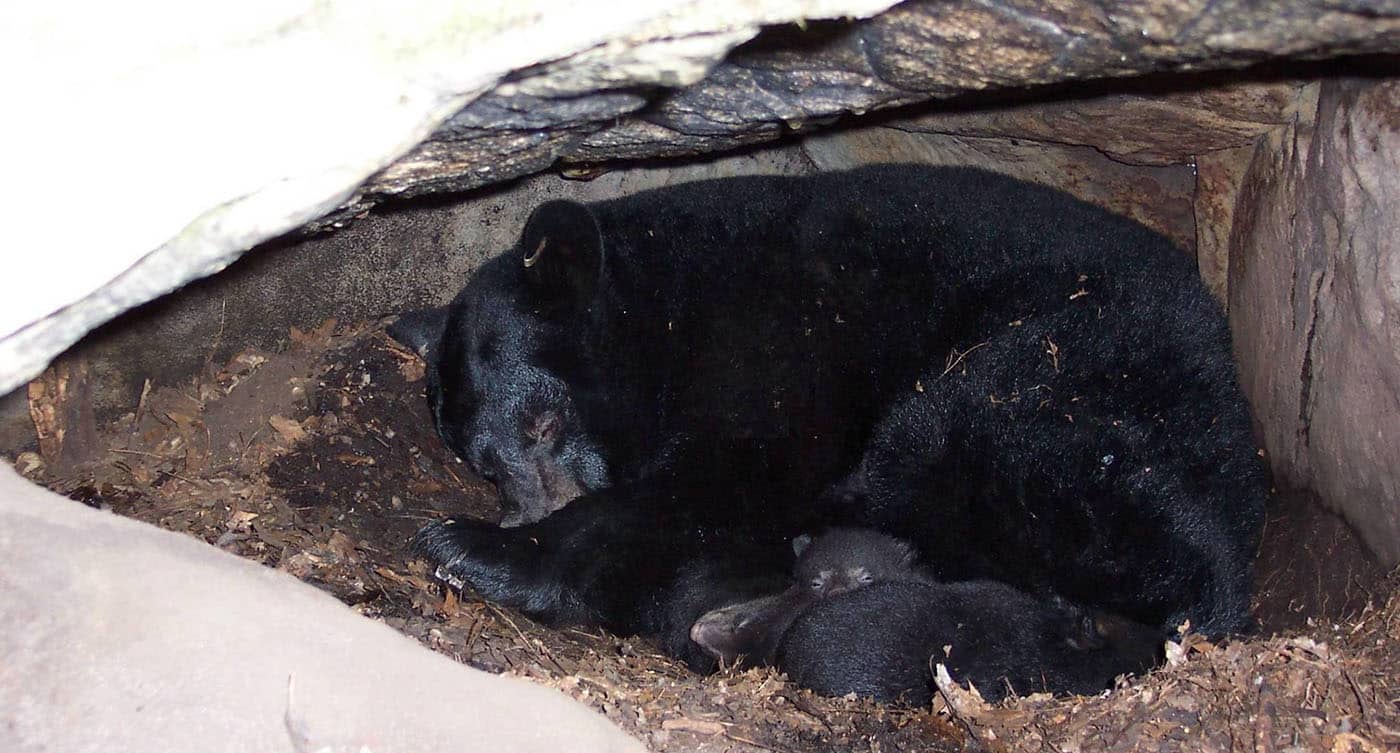
2. Black bears don’t leave their cubs unattended very long.
Of course, it’s hard to know in the movie what the crazed cocaine bear is doing between scenes. And I guess this particular bear is supposed to be high on crack which would definitely alter normal behavior… But that kind of makes my point. Normal black bear behavior doesn’t include leaving cubs in a cave for days on end. They do leave cubs in safe places for short periods though, so if you see one just leave it alone and be on your way. The mother is likely nearby.
3. Black bears can’t outrun a speeding ambulance.
They’re fast, but they’re not THAT fast. A lean, fit black bear tops out at around 35mph. I guess there’s a chance that the ambulance wasn’t actually going very fast. The movie never shows the speedometer. But with gravel flying and everyone screaming, one would think it was pedal-to-the-metal time.
4. Black bears can’t jump into a speeding ambulance.
Yes, they can jump… but if we assume that old ambulance was only doing 45 mph (it couldn’t have been, since the bear caught it. But why wasn’t it going 60+? We’re dealing in abstracts here!) and factor in a take-off from about 3 feet from the back door, you’re looking at a leap of around 70 feet in length. They can jump, but not THAT far.
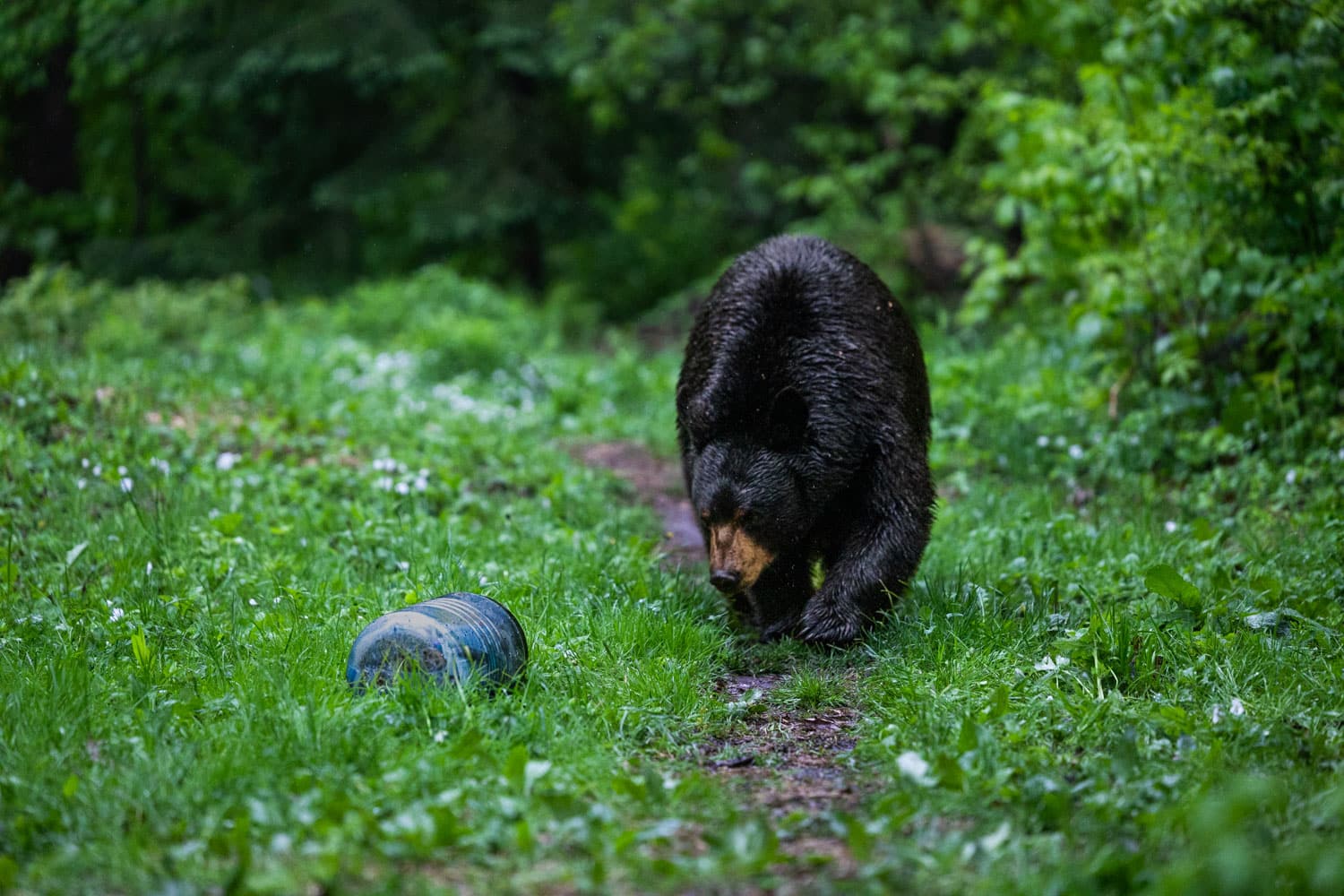
What Cocaine Bear got right
Even a broken clock is right twice a day. And for all that Cocaine Bear got wrong, thanks to artistic license, there are some truths presented that are worth remembering.
1. Black bears are strong.
Yes, they can break windows. Yes, they can cause a lot of damage to personal property and your physical body. Even though they’re the smallest of the North American bears, that doesn’t mean they’re small and weak! The average sized black bear will weigh a few hundred pounds, but the record holder of black bears brought down by hunters rang in at a dressed weight of 880 pounds. That means it weighed around half a ton as it rambled through the woods! A thousand pound anything can really mess stuff up. Put teeth on it and you really do need to take it seriously.
2. Black bears can climb trees better than you.
They’re really good at it and can skip all the hand holds YOU need. Their claws can dig into the wood while their giant paw pads grip every irregularity in the bark. You’re not going to out climb a black bear.
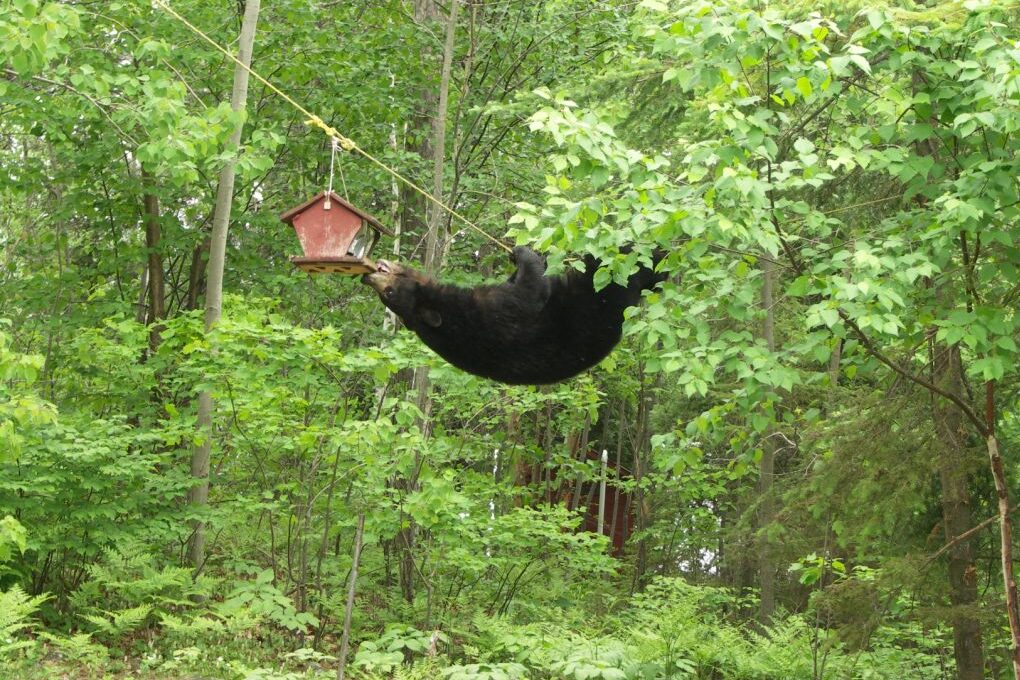
3. Black bears can run faster than you.
Trying to outrun a black bear isn’t going to work out much better. Even Usain Bolt at his fastest would still lose in a footrace with a lean black bear! Now, fatten them up and you give the guy a chance of course… bears that are ready for winter hibernation tire easily. But running from bears is never a good idea. You’ll be much better off standing your ground, especially when you’ve brought protection!
4. Black bears will eat whatever they find and want.
It’s not a cocaine induced snack binge… cocaine is actually known to suppress appetites. That was just a hungry black bear swiping the kids’ snacks. Leave food out and you may find yourself with a furry visitor and lose some of your stash. That’s why it’s so important to always practice proper food storage when you visit bear country!
5. Black bears could kill you if they wanted to.
This part is true. Hundreds of pounds of muscle armed with a swipe force of over 500 pounds and a bite force of over 800 pounds could kill you easily. Fortunately, they don’t usually want to. Predatory behavior in black bears is very rare, cited at only 15% of all non-fatal attacks reported between 2000-2015. And the fatal attacks, you ask? Well, there have only been 63 confirmed in North America since 1900. 88% of those cases have been classified as predatory in nature. Other research links predatory behavior in bears to food habituation and 40 of those fatal attacks had what researchers call anthropogenic attractants, A.K.A. “human food”. So if a bear learns that there’s easy food to be found in the proximity of humans, he may get bold in pursuit of easy calories. Again… proper food storage protects not only you but everyone who comes after you.
So… are black bears dangerous or not?
Put simply, they can be but usually aren’t. Typical black bear behavior just doesn’t add up to them being consistently dangerous. Let’s break it down to get a better picture.
Black bears generally avoid human contact
You may have seen the viral video of a curious juvenile black bear checking out some day-hikers in Mexico. When it stands up on its hind legs it’s just above eye-level and sniffs a woman’s hair. The hikers stand still and don’t engage while the bear investigates, including nipping her leg and pulling her with both paws. Eventually, it wanders off.
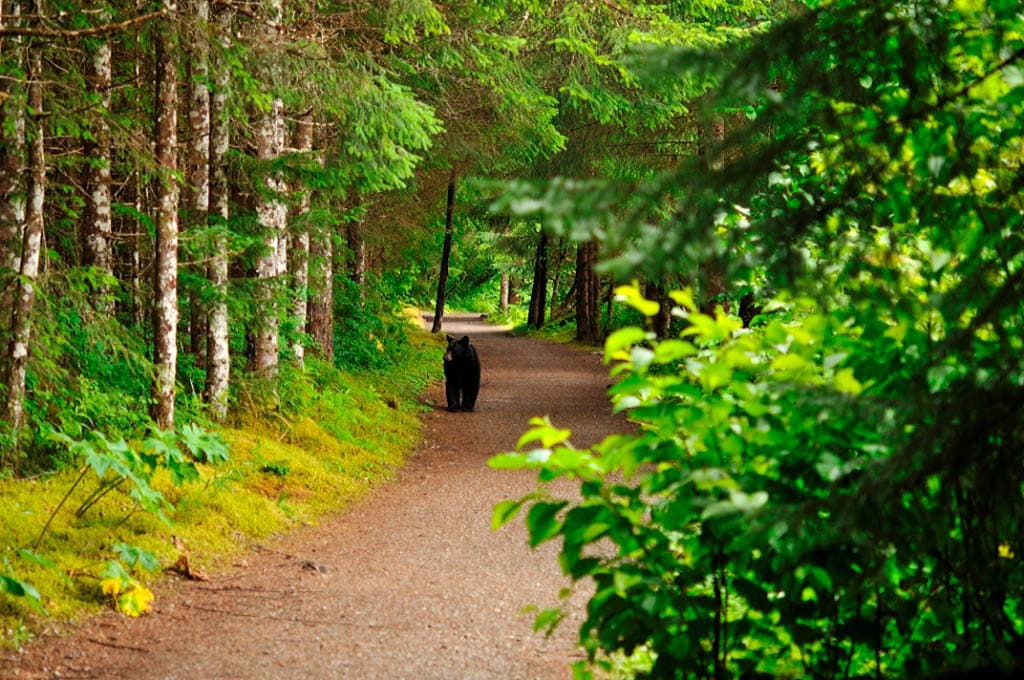
While it’s likely that any curiosity driven encounters would end similarly, it’s important to note how dangerous it is to allow a black bear to make physical contact at all. If you are going to be hiking in black bear country, you need to be prepared to defend your personal space.
The simplest and most effective method is to carry bear spray, so read up on what it is and how to use it before you start exploring.
Black bears generally engage with humans for a reason
The largest category of black bear incidents showcases what’s called “defensive” behavior. In the study cited previously, researchers designated 52% of all cases to this category.
Defensive behavior is what you would see when you turn a blind corner and startle a sow with her cubs. Dogs running off leash can incite defensive reactions in bears that otherwise would have left peacefully. A human following a retreating bear could escalate a situation as well. If the bear feels threatened and reacts to protect itself, that’s a defensive conflict.
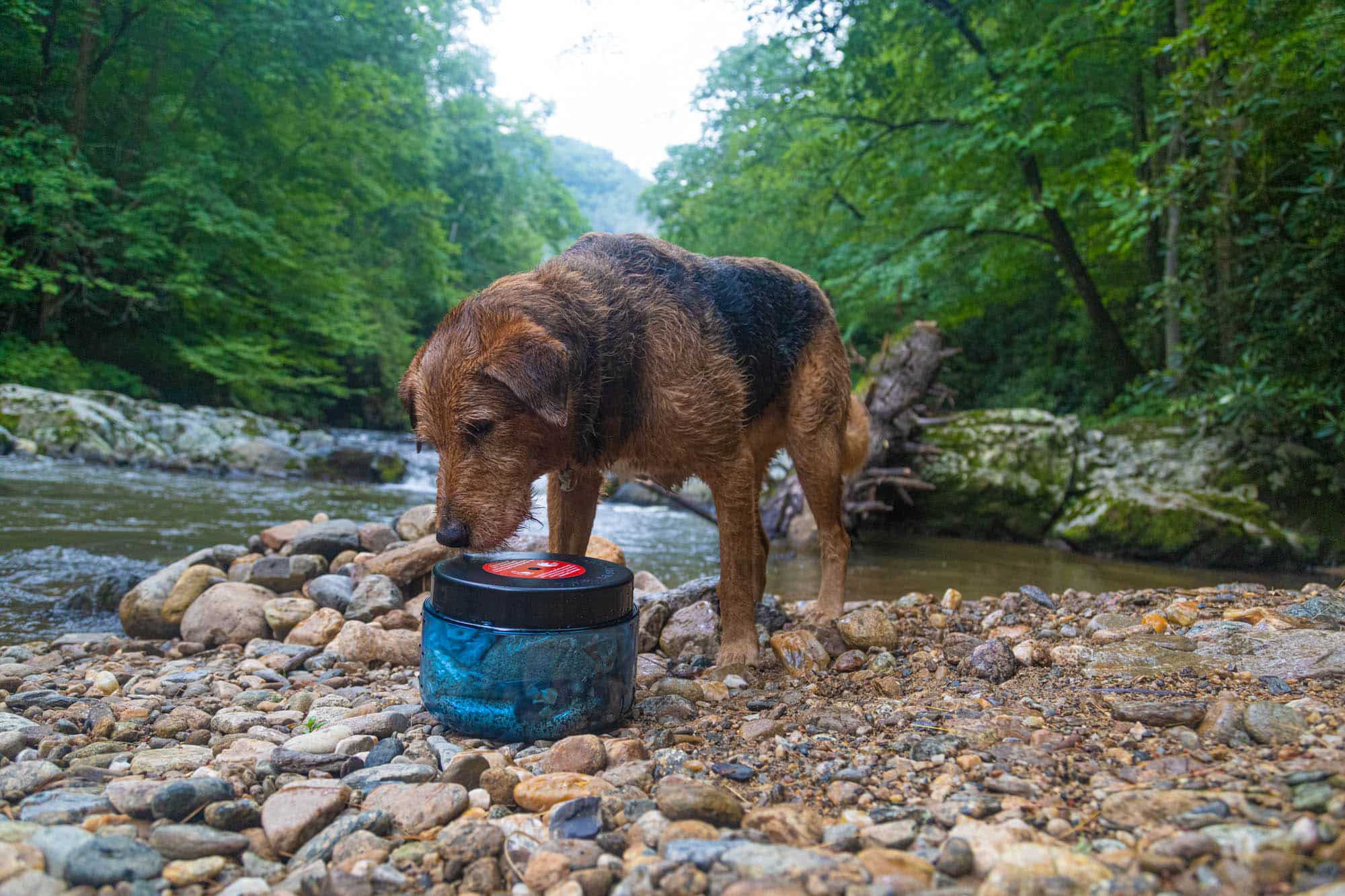
Predatory behavior, on the other hand, is when the bear incites the conflict itself with the intent of utilizing its victim as a food source. Most fatal encounters with a black bear are a result of predatory behavior. In brown bears there has been a link established between food habituation leading to predation and most bears are under-fed, adult males.
The study created a new category to account for behavior that falls between the other two. Behavior labeled “Other” was described as “willing to injure a human to investigate or obtain food” and an example was given of a bear swatting at a camper before grabbing food and running away. 33% of bears involved in non-fatal human/bear conflicts fell into this group.
Black bears are scavengers
Carrion is the word used to describe the leftover carcass from an animal in the wild, and it’s a favorite food source for black bears. Even though they’re a large predator, they tend to let other animals do the killing for them. You’re not likely to be the target of stalking.
Easy meals are highly attractive, so keep your food locked up in a bear proof canister. Pack out your scraps and remember that even wrappers have enough scent on them to attract attention. You’ll help keep any visitors from developing a bad habit and associating humans with free food. Food habituated bears can cause a lot of trouble and often end up being euthanized.
How can you avoid conflict with black bears?
Recreating responsibly plays a big part in co-existing with bears in their natural habitat. You can take concrete steps to minimize the inherent risks that come with adventure!
- Practice safe food storage and include all attractants in your packing strategy.
- Always have bear spray handy to nip any trouble in the bud.
- Make noise as you hike to avoid a surprise encounter.
- Leash your pets and keep kids close.
- Avoid using cocaine around bears (or perhaps entirely)
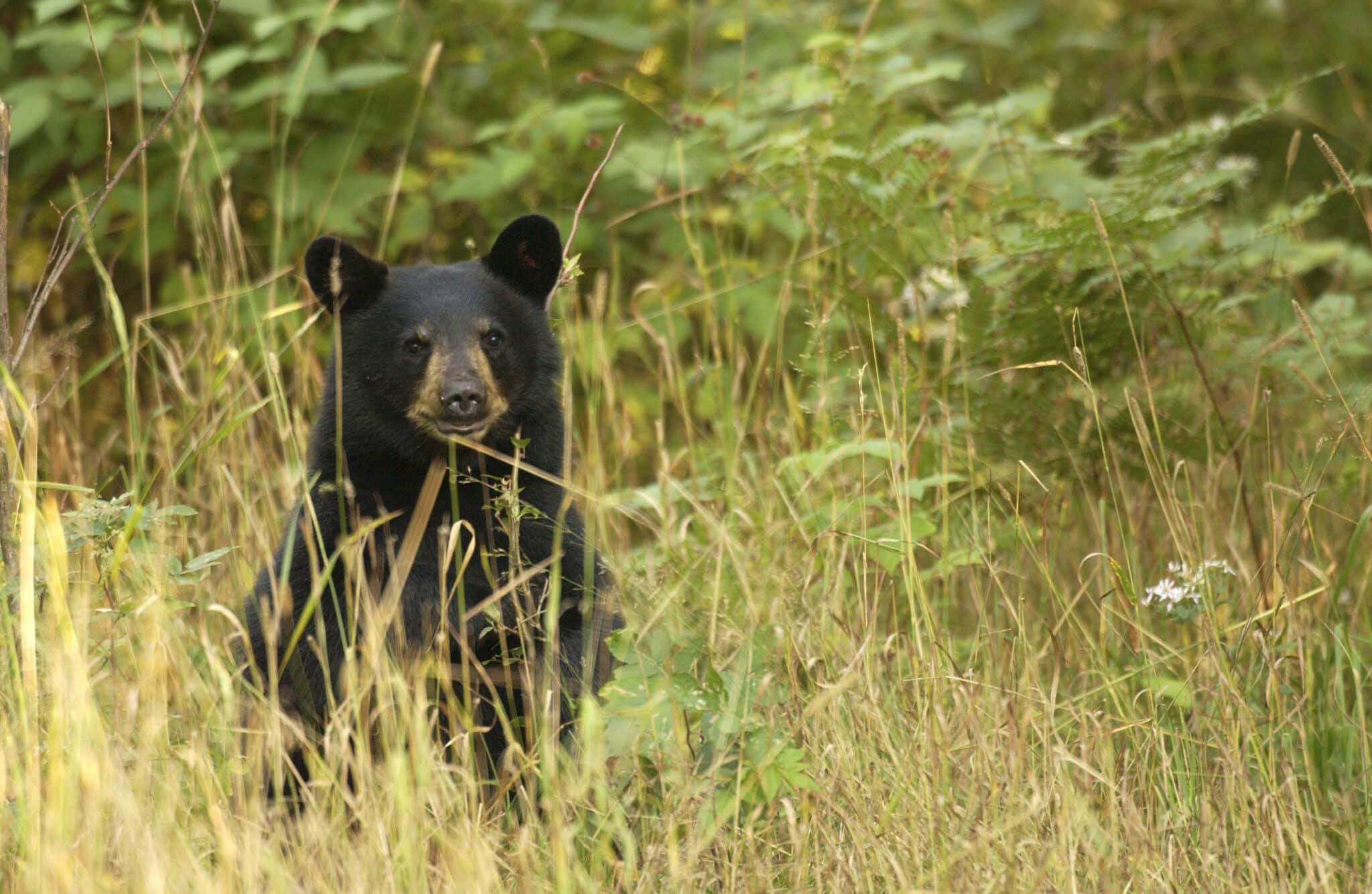
Just stay aware of your surroundings and prioritize safety over selfies if you have an encounter. And whatever you do, don’t worry about stumbling across a glassy-eyed, crack-crazed bear snorting lines off a dead body. It just isn’t going to happen.
Author Profile

Jessica Cockroft
Jess merges her passion for words and an insatiable longing for adventure as an outdoor freelance content writer and marketer. When she’s not busy stringing words together you’ll probably find her planning another camping trip for her crew of kids or taking care of the homestead. You can find her on LinkedIn and Instagram, as well as on her own website.

